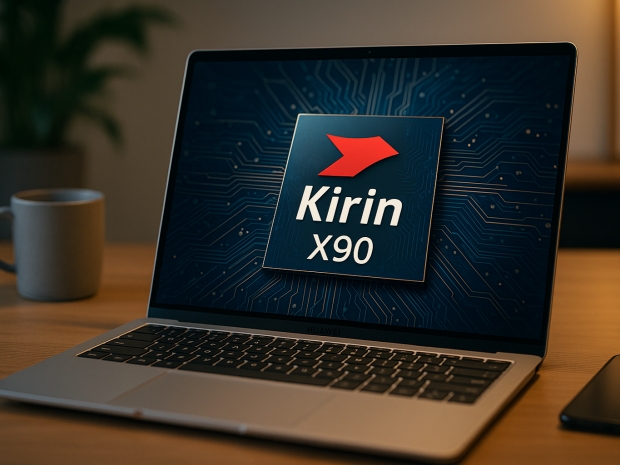Set to launch later this year in tandem with HarmonyOS PCs, the chip reportedly features a 10-core, 20-thread CPU and meets China’s SM3 and SM4 encryption standards, showing that Huawei’s not just playing around on the security front either.
Weibo’s Digital Chat Station claims the Kirin X90 runs a ‘4 + 4 + 2’ core cluster, possibly hinting at a mix of performance and efficiency cores, or maybe something more exotic. It’s internally dubbed “Charlotte Pro,” an apparent nod to the Kirin 9010 (“Charlotte”) powering the Pura 70 smartphones. That suggests a desktop-tuned evolution of the mobile part, although there’s still no hard data on clock speeds or performance benchmarks.
Earlier leaks hinted that Huawei would pair the X90 with its Maleoon 920 GPU, a more powerful option than what’s been seen in recent handsets. That could give the chip enough graphical grunt to anchor mid-range laptops or all-in-ones aimed at the domestic Chinese market.
The bigger play here is clear: Huawei wants to cut Microsoft out of the loop entirely. The first notebook running HarmonyOS is tipped to land before year-end, making it the debut platform for the X90. It’s an unmistakable sign of the company’s ambition to control both hardware and software stacks after years of being sanctioned and blocked from US tech.
How well this gambit works remains to be seen. Huawei’s HarmonyOS desktop push is bold, but without third-party software backing and real-world performance, it’s still largely experimental. That said, if the Kirin X90 delivers enough power and security for local government and enterprise deployments, it won’t need to chase global acclaim to matter.
With US export controls tightening and the tech world increasingly fragmented, Huawei appears ready to go it alone—with Charlotte Pro leading the charge.




